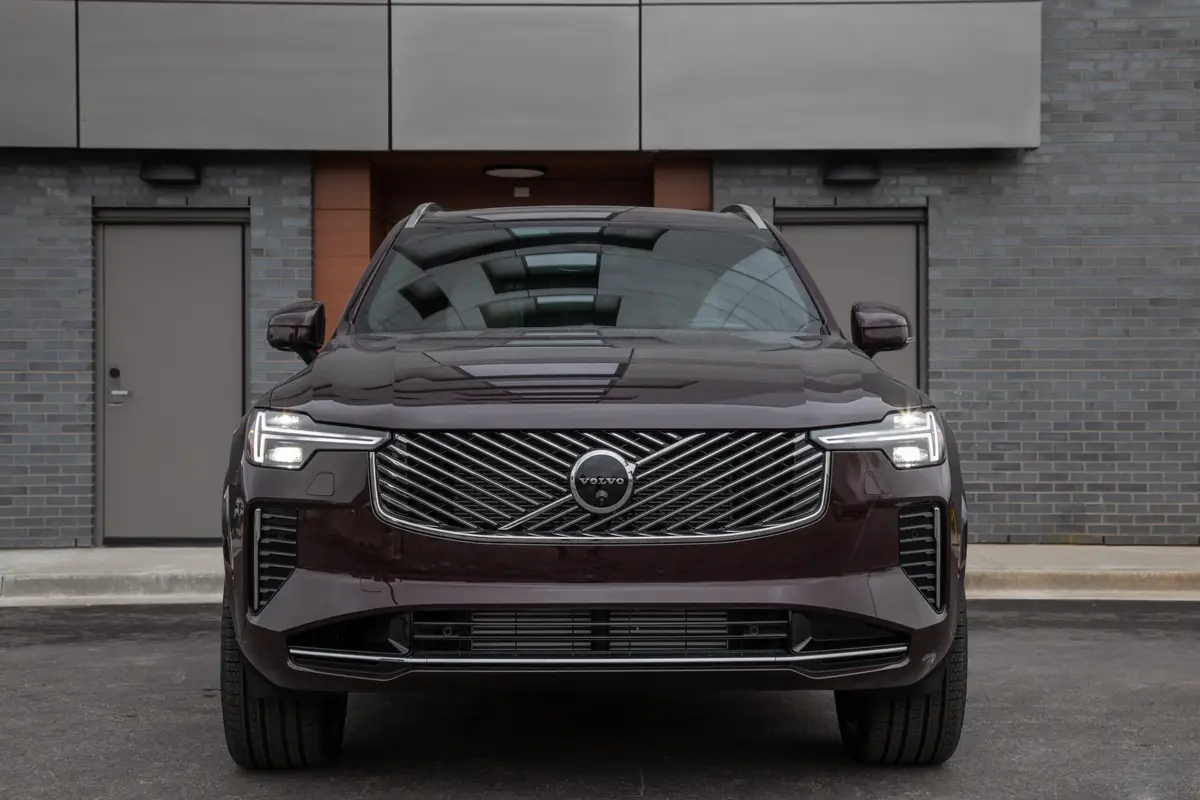The Morning Call and Mcall.com's view
The Toyota Corolla GT-S, with its innovative 16-valve, twin-overhead-cam, four-cylinder engine, is certainly an interesting entry into the growing economy/performance segment of the automotive market.
At one time, economy cars and performance cars were about as similar as Perrier and peppermint schnapps. But there were those buyers who wanted just a little more zip out of their dull-as-dishwater economy cars, but who were not prepared to foot the bills for performance cars. This, of course, seems contradictory. But who said car buyers have to be consistent? To be sure, not the automobile manufacturers, who are only too glad to plug any gap in the market.
Right now there really aren’t a lot of gaps in the economy/performance car. For those interested in ancient history, the beginnings of this particular type of vehicle can be traced to the British Mini-Coopers of the 1960s. However, it wasn’t until the late 1970s-early 1980s that this began to be ”a trend.” Many manufacturers now offer souped-up versions of their basic economy cars. The usual way to achieve more horsepower is to increase engine size (as the old hot rod adage goes: nothing beats cubic inches) or turbocharging, one of the most frequently used methods these days.
Nothing is wrong with either of these approaches. Toyota, however, has done it just a little differently with its Corolla GT-S. It has increased horsepower through higher engine speed. Now a manufacturer just can’t go out and say, ”hey, let’s add on 2,000 more rpm to this engine and get 60 percent more horsepower.” Without getting too heavily into the engineering aspects of all of this, that is easier said than done. The main problem is that high rpm can tear an engine apart. The weakest component in an engine is its valve train. If you can hold those valves in place, all other parts should hold together.
This is really not a new idea. Racing cars and even some passenger cars of those early automobile days of the teens and ’20s had dual overhead cams and four-valve-per-cylinder engines. But, because of the cost and other successful approaches to increasing horsepower, it is not a widespread method. But I think you are going to see more of this type of engine in the future simply because it is a ”clean” engine and one way to meet government emission requirements.
The test car – a cheerful-looking, diminutive, red hatchback, supplied by J.H. Bennett, Inc., 2300 Hanover Ave., Allentown – could easily be mistaken for the less exciting, and less responsive Corolla SR5 hatchback. That is, if you failed to notice the rather large ”GT-S Twin Cam 16” side markings. As the markings imply, these 16 valves are operated by dual overhead camshafts. The twin cams and smaller, lighter individual valves (which allows the reciprocating mass to be decreased) allow this engine to really turn up. In fact, all the way up to 7,500 rpm befor e it hits the redline.
The engine measures only 97 cubic inches but is rated at 112 horsepower at 6,600 rpm and 97 foot pounds torque at 4,800 rpm. Basically, this engine was developed from the ”A-type” engine first introduced in the 1979 Tercel. The bottom end was toughened up by reinforcing the block and upgrading the crankshaft to a carbon steel forging with eight counterweights.
Watching the tachometer while you drive does take a little getting used to. On normal fast acceleration, the needle will swing up to 6,000 rpm very quickly. Since most engines redline below this point, this does cause some concern at first. After all, no one wants to see the engine eat up the valves or throw a piston through the side of the block. For all this rpm, the engine is very quiet – the camshafts are driven by a cogged rubber timing belt – but there is a slight growl to it that is rather pleasant.
The engine is attached to a five-speed manual transmission (the on y transmission available) that is not only easy to shi ft but quite forgiving. After all of this, it shouldn’t come as a surprise that performance is very good. And if you are not redlining this engine all of the time, fuel economy is also quite acceptable. But, then, acceptable fuel mileage is the whole purpose of the economy/performance car. The test car averaged 22 mpg for city driving and 29 mpg over Lehigh Valley highways. Since the engine has a compression ratio of 9.4:1, premium unleaded gasoline should be used – as it was in the test car.
The GT-S has beefed-up suspension and braking capability – over the regular Corolla – to handle the additional power. Up front are MacPherson struts with higher-rated coil springs, a larger diameter stabilizer bar and revalved shock absorbers. The rear features a 4-link with lateral track rod setup, again with higher rated coil springs, as well as a larger diameter stabilizer bar and low pressure gas-filled shock absorbers. Disc brakes are used on all four wheels. The GT-S is not really a sports car but it does handle very well and, quite surprisingly, offers a ride which is neither marshmallowy nor backbreaking.
As mentioned before, the GT-S is not a large car. It has a wheelbase of 94.5 inches; length, 168.7 inches; width, 64 inches; height, 52.6 inches, and a curb weight of 2,300 pounds. With an EPA interior volume of 90 cubic feet (78 cubic feet passenger and 12 cubic feet storage room) the GT-S is classed as a subcompact (85-100 cubic feet) but is closer to a minicompact (less than 85 cubic feet). Interior room, at best, is cozy. The two front bucket seats are not overly spacious but should hold average-sized persons in some degree of comfort. To a big person, these bucket seats feel like you are sitting on an actual bucket. The back seat is best suited for children – and cheerful ones at that.
Although the test car was an interesting vehicle to drive, my long frame just didn’t fit into it. Even though I scrunched down in the driver’s seat with a slouch that would bring a reprimand from an orthopedic surgeon, my head still bounced off the roof on road bumps and dips. This, however, can be largely attributed to the test car’s optional sunroof, which effectively cut off about an inch-and-a-half of head room. So, if you are tall, please try the GT-S on for size first.
With a base price of $9,538, the Corolla GT-S is not exactly cheap for an economy/performance car. Sixteen valve 4-cylinder engines are expensive to produce and the price reflects it. The test car had a total price of $12,270. Delivery was $310 and options totaled a little over $2,400. Major options were: Air conditioning, $670; power steering, $205; electronic AM-FM stereo with cassette, $365; electric sunroof, $445; cruise control, $160; rear window wiper/washer, $100; limited slip differential, $200; undercoating, $139.95; rubber mats, $32.95, and de luxe stripe, $105.
Latest news



